The Portuguese: Beginning of European Commerce | History for UPSC CSE PDF Download
Introduction
- The Portuguese established a colonial state in the Indian Subcontinent from 1505 to 1961. Their major trading stations and forts were located along the Indian coastline, including Goa, Daman, Diu, Dadra, and Nagar Haveli.
- The Portuguese Company was the first European trading company to set up trade posts in India, with settlements in Cochin, Goa, Daman, Diu, Salsette, Bassein, and Bombay. Vasco da Gama led the first Portuguese mission to India in 1498, followed by Pedro Alvares Cabral in 1500.
- During the sixteenth century, the Portuguese developed the Cartaz System, a naval trade license issued in the Indian Ocean. The arrival of the Portuguese brought about changes such as tobacco cultivation, shipbuilding, and the introduction of the printing press in India. They also made contributions to Gothic architecture and its influence in India.
- However, by the 18th century, the Portuguese influence in Indian trade declined due to factors like religious intolerance, piracy, weak leadership, tensions with Spain, and the emergence of the English and Dutch in India. While the British expanded their control over larger parts of India, the Portuguese maintained their colonies. Portuguese sovereignty in India ended in 1961 when the Indian government liberated Goa.

Background of Portuguese in India
The Portuguese presence in India lasted from 1498 to 1961. Vasco da Gama's arrival in Calicut on May 20, 1498, marked the beginning of their colonial era in the region.
- The Portuguese established their first fort in Cochin and a second one in Cannanore.
- They achieved a significant victory at the Battle of Diu, where they defeated a coalition of the Zamorin, Arabs, and Egyptians.
- In 1510, Afonso Albuquerque seized Goa from the Sultanate of Bijapur, and by 1530, Goa became the Portuguese capital.
- The Portuguese successfully defended Diu in 1539 against threats from the Zamorin of Calicut, the Ottomans, the Gujarat Sultanate, and the Mamluks of Egypt.
- In 1559, they officially acquired Daman. However, the Dutch soon established a spice trade monopoly in South-East Asia, displacing the Portuguese.
- The English gained control over Surat in 1612 and Bombay in 1661.
- The Dutch purchased Nagar Haveli and Dadra in 1779.
- Panjim was designated as the new Portuguese capital in 1843. Ultimately, in 1961, Goa was liberated by the Indian Army.
Arrival of Portuguese in India
- In the fifteenth century, Europe was captivated by the Renaissance, which sparked a spirit of discovery.
- During this period, there were significant advancements in shipbuilding and navigation in Europe.
- As a result, there was a strong desire across the continent for bold naval expeditions to explore the unknown regions of the East.
- The Indian Subcontinent was home to the Portuguese colonial state known as the Portuguese State of India, or Portuguese India.
- The Portuguese were the first Europeans to arrive in India and the last to leave, with their presence spanning from 1505 to 1961.
- While Portuguese colonization had minimal impact outside its borders, it outlasted its English rival in India.
Discovery of a Sea Route to India
- Prince Henry of Portugal, known as the 'Navigator,' was determined to find an ocean route to India.
- He aimed to bypass Muslim control over the eastern Mediterranean and the land routes from Europe to India.
- In 1497, the kingdoms of Portugal and Spain divided the Non-Christian world between them, based on an imaginary line in the Atlantic, about 1,300 miles west of the Cape Verde Islands.
- This division was established under the Treaty of Tordesillas (1494).
- The treaty allowed Spain to claim lands to the west of the line and Portugal to claim and occupy lands to the east.
- This agreement set the stage for Portuguese exploration in the Indian Ocean.
- In 1487, Portuguese sailor Bartholomew Diassailed around Africa's Cape of Good Hope and believed he had discovered the long-sought sea route to India.
- However, it was not until ten years later, in 1497, that a Portuguese ship set sail for India and arrived in May 1498, in less than 11 months.
Portuguese Expansion in India
- Northern India: Northern India during the period was fragmented among various minor powers. However, Gujarat stood out as a significant region, ruled by the formidable Mahmud Begarha (or Begada) from 1458 to 1511.
- Deccan Region: The Bahmani Kingdom in the Deccan was in the process of disintegration into smaller kingdoms. None of the prevailing powers in this region possessed a noteworthy naval fleet, nor did they have the intention to enhance their naval capabilities.
- Chinese Maritime Limitations: The Chinese ships' ability to navigate the Far East was hindered by an imperial decree from the Chinese emperor, restricting their nautical reach.
- Portuguese Advantage: The Portuguese were more organized and cohesive compared to the Arab shipowners and merchants who had previously dominated Indian Ocean trade. Additionally, the Portuguese outfitted their ships with cannons, giving them a significant advantage.
- Vasco da Gama's Arrival: With the arrival of Vasco da Gama, the Portuguese rapidly expanded their influence, establishing control over much of the coastal regions of India within fifty years.
- Territorial Control: The Portuguese secured nearly sixty kilometers of shoreline around Goa and ruled over hundreds of cities and villages. They established a narrow strip of territory along the west coast, extending from Mumbai to Daman and Diu, and gained control over key ports.
- Southern Dominance: In the south, the Portuguese ruled several commercial ports and maritime strongholds, including Mangalore, Cannanore, Cochin, and Calicut. While their dominance in Malabar was limited, it was sufficient to influence or control local rulers in this spice-rich region.
- East Coast Settlements: The Portuguese established settlements and military outposts on the east coast at San Thome, near Chennai, and Nagapattinam in Tamil Nadu.
- Hooghly's Prosperity: By the late 19th century, Hooghly in West Bengal had emerged as a prosperous town, further illustrating the extent of Portuguese influence and the changing dynamics of trade and settlement in India.
Portuguese Administration in India
- Viceroy and Administration: The viceroy, along with his secretary, initially supervised the administration, holding the position for three years. Over time, the council's role became more significant.
- Vedor da Fazenda: The Vedor da Fazenda was the next most important official, responsible for overseeing revenue, cargo, and fleet dispatch.
- Captains of Fortifications: The captains in charge of fortifications often acted dictatorially, and their power was amplified by communication difficulties.
Religious Policies
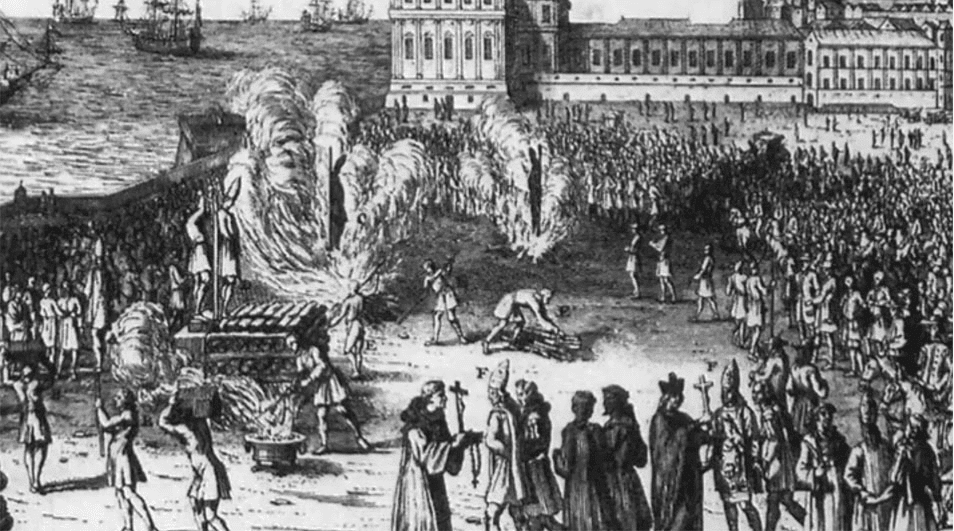
- Persecution in Goa: In Goa, both Hindus and Muslims faced persecution as the Portuguese aimed to establish Christianity as the dominant religion. The Portuguese were notorious for their intolerance towards other faiths, particularly Islam and Hinduism.
- Akbar's Invitation: In 1579, Mughal Emperor Akbar invited the Goan rulers to send two learned priests. The Church authorities in Goa welcomed this opportunity, seeing it as a chance to convert Akbar and his court to Christianity. Jesuit priests Rodolfo Aquaviva and Antonio Monserrate were chosen for the mission and arrived in Fatehpur Sikri on February 28, 1580.
- Disappointment and Subsequent Missions: Aquaviva and Monserrate's hopes of converting Akbar to Christianity were dashed in 1583. A second mission sent by Akbar in 1590 also ended in disappointment. The third mission, arriving at Lahore, was again warmly received by Akbar and became a permanent institution, influencing secular politics.
- Jahangir's Relationship with the Jesuits: When Prince Salim ascended the throne as Jahangir, he initially ignored the Jesuit priests to appease the Muslims. However, over time, his relationship with the Jesuits improved. In 1606, he reconnected with them, allowing them to keep their lodgings and a large church in Lahore.
- Activities in Agra: In Agra in 1608, the Jesuit priests conducted several baptisms and were able to act freely in public, similar to their privileges in Portugal.
- Growing Optimism and Rift: Jahangir's actions led the Jesuit missionaries to believe they could convert him to Christianity. However, these expectations were not met, and the Portuguese viceroys' arrogant behavior created a rift with the Mughal emperor.
Importance of the Portuguese Presence
- Most historians agree that the Portuguese presence in India signified the rise of maritime power and the beginning of the European era in the region.
- For example, while the Chola dynasty had been a maritime force in the past, the Portuguese were the first foreign power to reach India by sea.
- The Portuguese ships, armed with cannons, were the first step towards establishing a monopoly over trade through threats and force.
- In the 16th century, the Portuguese showcased military innovation in the Malabar region by using body armor, matchlock soldiers, and ship-launched weapons.
- In contrast, the Portuguese made a significant military contribution on land by introducing the system of drilling infantry groups, based on the Spanish model, in the 1630s in response to Dutch pressure.
- The Portuguese also mastered advanced maritime tactics, developing multi-decked ships that, while built to withstand Atlantic storms rather than outrun monsoon seasons, could carry heavy armaments.
- During this period, Goa became renowned for its intricate silver and gold work, including filigree, fretted foliage, and diamond-encrusted metalwork.
- Church Architecture: Under Portuguese rule, numerous churches were built, famous for their painted ceilings, sculptures, and woodwork. They popularized the use of laterite stone and lime mortar in construction.
- The Portuguese also introduced new crops to India, such as potatoes, tomatoes, and chillies.
Portuguese Arrival and Establishment in India
Vasco Da Gama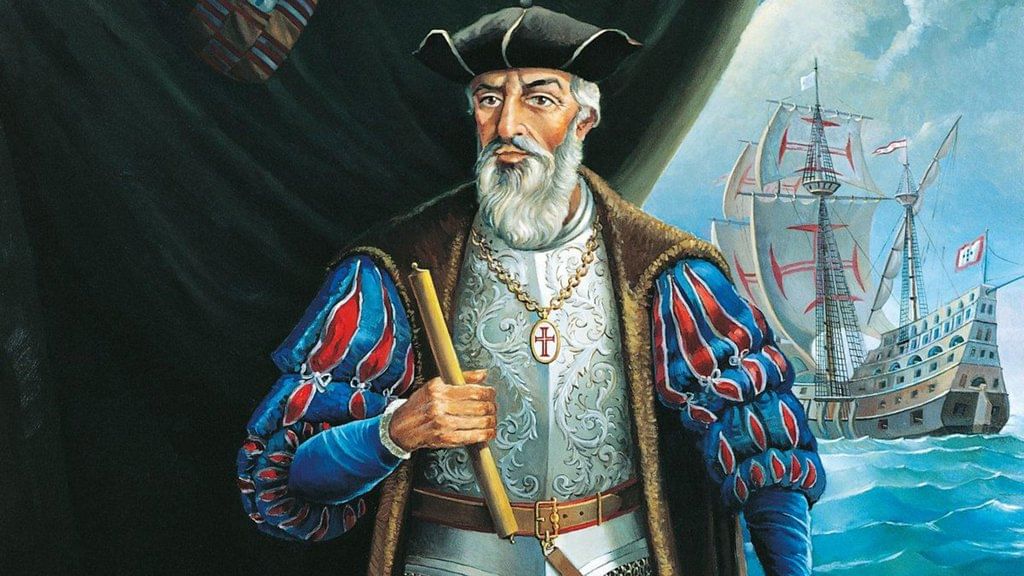
- Arrival in India: Vasco Da Gama arrived in Calicut, India, in May 1498, marking a significant moment in Indian history. His expedition, consisting of three ships and led by pilot Abdul Majid from Gujarat, aimed to establish trade links.
- Initial Stay: Vasco da Gama spent three months in India, during which he collected valuable cargo and returned to Portugal. There, he successfully marketed these goods in the European market, laying the groundwork for future trade.
- Second Voyage: In 1501, Vasco da Gama returned to India. However, his attempts to dominate trade were met with resistance. The Zamorin of Calicut refused to expel Arab traders in favor of the Portuguese.
- Establishment of Trading Posts: Despite initial setbacks, Vasco da Gama established a trading post at Cannanore. Over time, towns like Calicut, Cannanore, and Cochin became crucial Portuguese trading centers in India.
Francisco De Almeida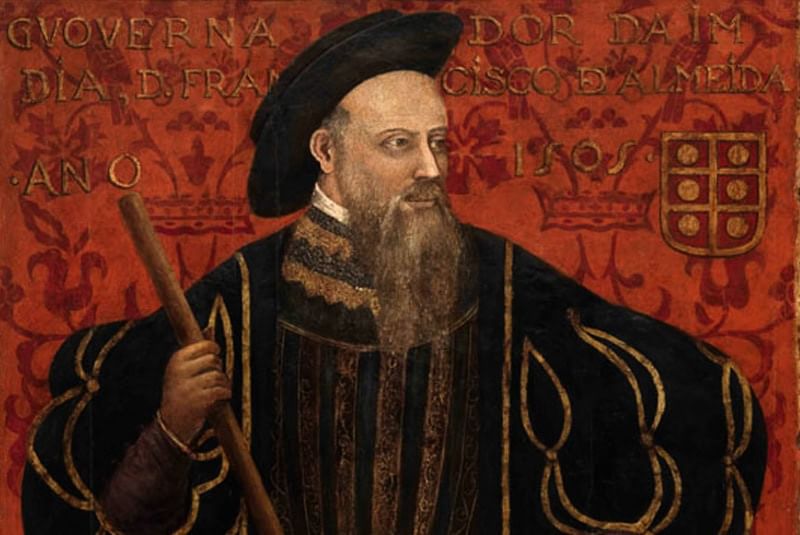
- Appointment as Governor: In 1505, King Ferdinand I of Portugal appointed Francisco De Almeida as governor of Portuguese interests in India for a three-year term, with a mandate to protect and expand Portuguese influence.
- Military Objectives: Almeida was tasked with capturing strategic locations such as Aden, Ormuz, and Malacca to bolster Portuguese power in India and disrupt Muslim trade networks.
- Conflict at Diu: In 1507, Almeida's forces faced defeat by a coalition of Egyptian and Gujarati navies off the coast of Diu, where his son was killed. This defeat prompted Almeida to seek revenge.
- Establishing Dominance: Almeida retaliated by defeating the Egyptian and Gujarati navies the following year, establishing Portuguese dominance in the Indian Ocean.
- Blue Water Policy: Almeida implemented the Blue Water Policy, focusing on maritime supremacy and commercial dealings rather than territorial conquests in India. This policy allowed the Portuguese to establish a commercial monopoly, especially in the lucrative spice trade, due to their naval superiority.
Alfonso de Albuquerque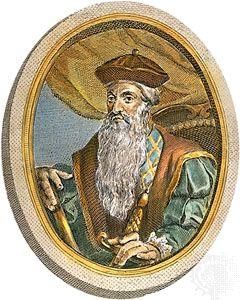
- Succeeded Francisco De Almeida: Albuquerque took over as governor of Portuguese India after Almeida and is credited with solidifying Portuguese rule in the East.
- Strategic Fortifications: He established a network of forts controlling key maritime entrances, securing Portugal's dominance over the Indian Ocean.
- Control over Shipbuilding: Under Albuquerque, the Portuguese tightened their grip on major shipbuilding centers in the region and implemented a licensing system for other ships.
- Social Reforms: One notable reform during his rule was the abolition of the practice of sati (the burning of widows on their husband's funeral pyre).
Nino da Cunha 
- Appointment as Governor: Nino da Cunha was appointed as the governor of Portuguese interests in India in November 1529.
- Relocation of Headquarters: Under his leadership, the Portuguese administration in India moved its headquarters from Cochin to Goa in 1530, marking a significant shift in their operational base.
Decline of the Portuguese Empire in India
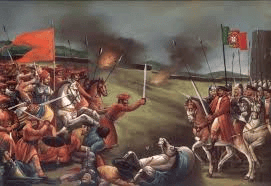
- The decline of the Portuguese Empire in India can be attributed to several factors, including weak governance, religious intolerance, and increased competition from other European powers.
- After Afonso de Albuquerque, the Portuguese governors in India were incapable and ineffective, leading to the empire's downfall.
- The Portuguese were also known for their zealous and coercive approach to converting the local population to Christianity, which clashed with the prevailing norm of religious tolerance in India.
- Moreover, the Portuguese government focused on its financial gain at the expense of good relations with the Indian populace.
- Their actions, including disobeying laws, committing atrocities, and engaging in piracy, further alienated the local people.
- In the 15th and early 16th centuries, the Portuguese and Spanish were ahead of the English and Dutch in global trade.
- However, in the late 16th century, England, Holland, and later France began to challenge the Spanish and Portuguese monopoly on trade, leading to the latter's defeat and weakened influence in India.
- The growing power of the Mughal Empire and the Marathas also made it difficult for the Portuguese to maintain their commercial monopoly in India.
- For example, in 1631 CE, the Portuguese were driven from their town of Hughli by the Mughal rulers.
- The Portuguese shifted their focus to Brazil, which they had discovered in Latin America, prioritizing it over their Indian territories.
- When Spain annexed Portugal in 1580 CE, Spanish interests took precedence over Portuguese ones, further diminishing Portuguese influence.
- The Portuguese's piracy against the Mughal authority, particularly the seizure of Mughal ships in 1613, strained their relations with the Mughal Empire.
- The Dutch and English, becoming skilled in ocean navigation, discovered the maritime route to India, breaking the Portuguese monopoly on this knowledge and intensifying competition among new European business organizations in India.
Portuguese in India: Conclusion
The Portuguese were the first Europeans to establish colonies in India and the last to leave. For over four centuries, they significantly influenced the power dynamics in the Indian subcontinent, playing a pivotal role in the conflicts between the Mughals and Marathas, the Vijayanagara Empire and Deccan sultans, and other regional powers. During their rule, the Portuguese adopted various strategies to promote religious conversion, including interfaith marriages, employment opportunities, direct missionary work, forced conversions, and educational programs. These policies left a lasting mark on the religious fabric of the areas under their control. The decline of Portuguese dominance was driven by the rise of British and French influence in India, international pressure, and the Indian military intervention in 1961. The liberation of Goa marked the end of Portuguese rule, but their cultural legacy continues to shape traditions in India.
|
216 videos|855 docs|219 tests
|
FAQs on The Portuguese: Beginning of European Commerce - History for UPSC CSE
| 1. Qual foi o papel de Portugal no início do comércio europeu? |  |
| 2. Quem foram os principais exploradores portugueses e quais foram suas contribuições? |  |
| 3. Como o comércio europeu começou a se diversificar com a influência portuguesa? |  |
| 4. Quais foram os impactos sociais e econômicos do comércio português na Europa? |  |
| 5. Como o Tratado de Tordesilhas afetou o comércio europeu e a colonização? |  |

















